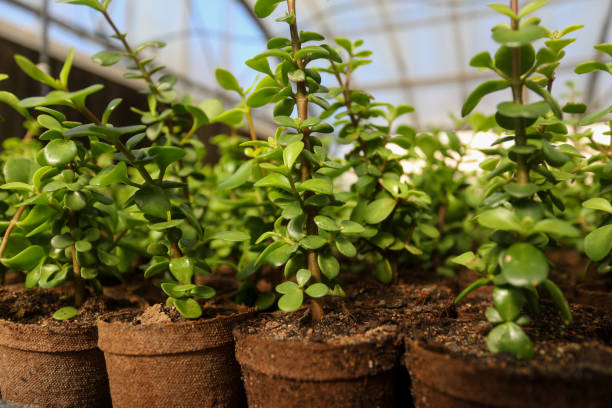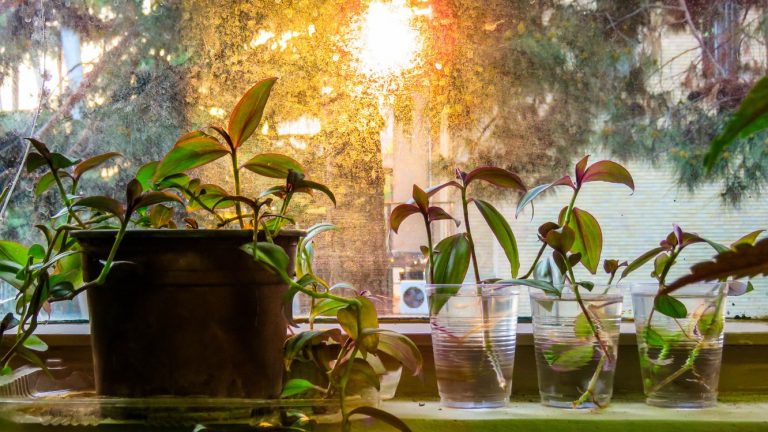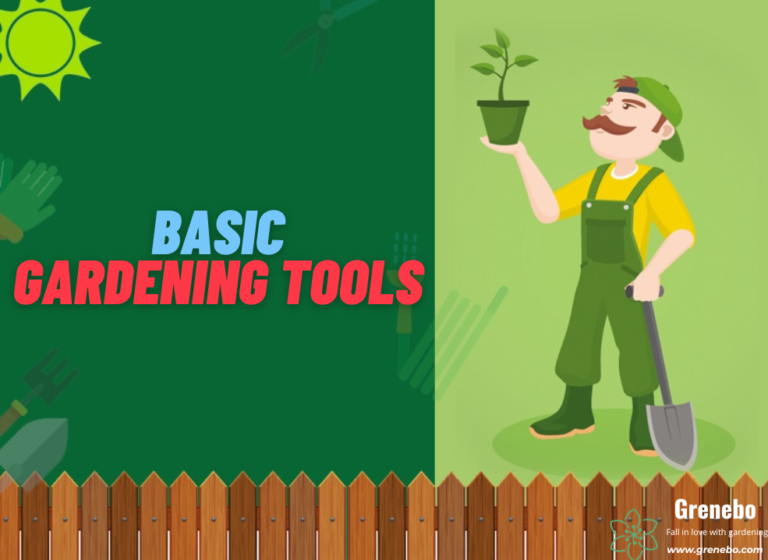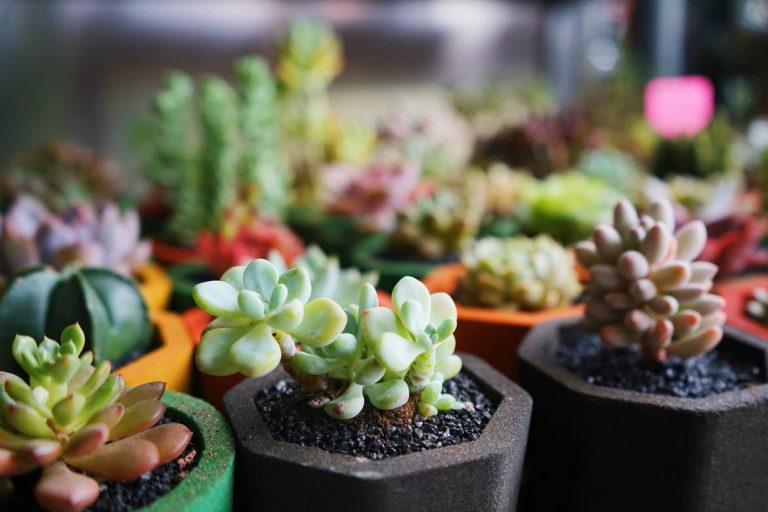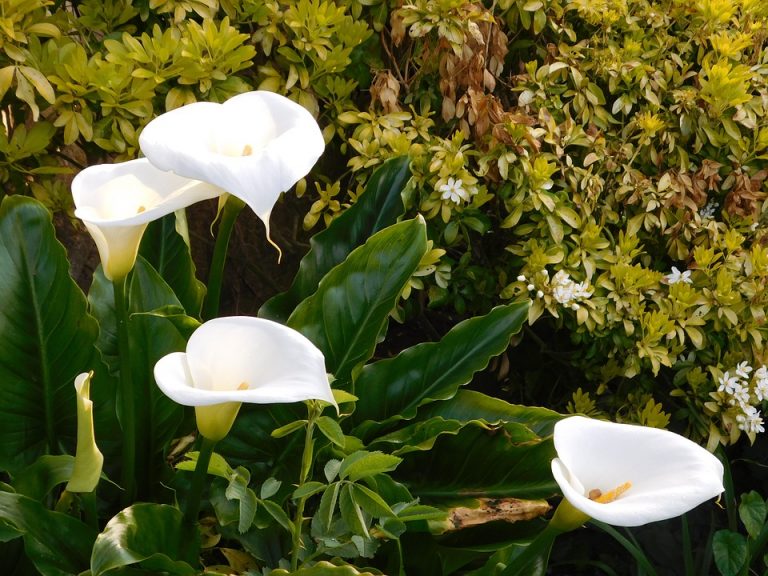How To Grow and Look After an Elephant Bush – Portulacaria Afra
About Portulacaria afra
In the world of succulents, one of the most underrated and underused plants is Portulacaria afra (the Marble Queen). Also known as Elephant Bush or Creeping Jade, Portulacaria is a beautiful succulent that has been gaining popularity among gardeners and cactus lovers alike — and for good reason. A native of South Africa, Portulacaria reaches a height of three to four feet in a few years. It has a spreading habit and forms dense clumps when planted en masse.
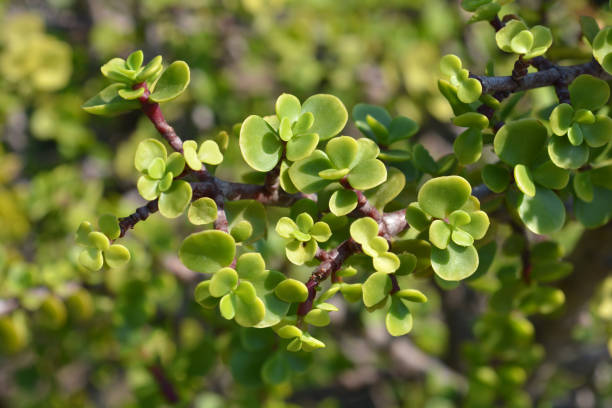
In this article, I aim to share with you some of the many virtues that the Portulacaria afra plant possesses.
What is Portulacaria afra?
Portulacaria afra is a small-leaved succulent plant, native to South Africa. Common names include Elephant Bush, Elephant food, Dwarf Jade Plant, Porkbush, and Spekboom (Afrikaans). It belongs to the family Portulacaceae and is closely related to the popular jade plant (Crassula ovata).
The leaves of Portulacaria afra are very small and round. Its stem is usually a reddish color. It grows quickly when given water, but it also has the ability to survive on almost nothing. This characteristic makes it an ideal garden or house plant for those who sometimes forget to water their plants, although it will not flower without sufficient water.
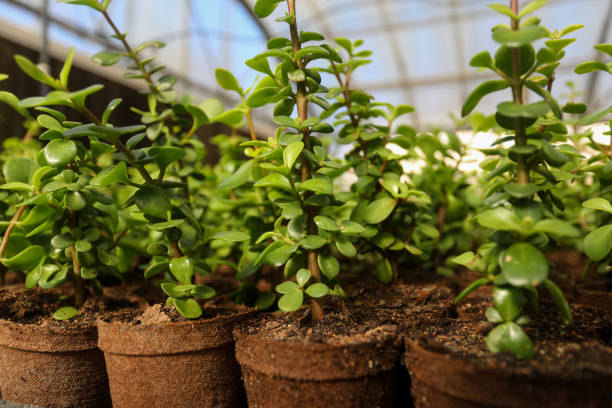
Under normal conditions, it can grow up to 2 m tall. However, in its natural habitat in South Africa’s Eastern Cape Province, it can become a large shrub or small tree up to 4–5 m tall. P. afra grows best in bright light with ample airflow. In warm climates, it can be grown outdoors as a hedge or informal screen.
Types of Portulacaria afra
Nurseries sometimes label portulacarias “miniature jade,” but let’s not encourage that. Btw, in its native South Africa, it’s commonly called “spekboom.”
- Portulacaria afra – Most Common grows 6 to 8 feet tall and spreads indefinitely. Use it as a backdrop plant, and/or prune it into a hedge.
- ‘Variegata’ – Variegated Elephant Bush (tricolor or rainbow elephant bush) first appeared as a sport (variant growth). It has cream-and-green leaves and pendant, trailing stems; and forms low, shrubby mounds that spread several feet tall and wide. Excellent for slopes, terraces, tall pots, and hanging baskets.
- ‘Minima’ “Lilliput” (‘Prostrata’, ‘Decumbent’, “low form” or “elephant mat”). First appeared as a sport of ‘Variegata’ and is smaller overall, with dainty green leaves.
- ‘Aurea’ is the same as ‘Minima’, but the leaves are yellow or chartreuse.
- Large-leaf Elephant Food is less common. Waterwise Botanicals nursery gave it an elephant’s mouthful of a name: “Macrophylla gigantea ‘Bull-elephant Bush’.”
- Rainbow “Manny” is a gorgeous, variegated alternative to the traditional Elephant Bush. It has more pronounced wavy patterns at the edges, plus, it also has some white striping.
- Uncommon varieties include ‘Skyscraper’ which is narrow and upright; ‘Cork Bark‘ with rough stems; and ‘Medio-picta’, a cream-pink-and-green variegate of ‘Minima’.
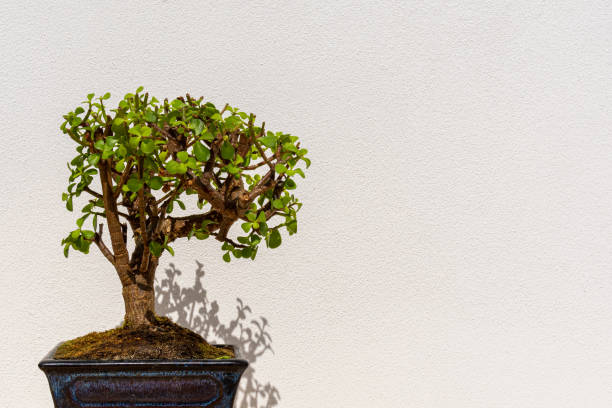
How To Prune Elephant Bush
One of the most reliable methods to appreciate your elephant bush is to prune it into a bonsai tree. Elephant Bush cuttings can be used to propagate the species.
When you trim your Elephant Bush into a bonsai tree, you won’t believe how charming it will appear. Cuttings are simple to obtain and may be sold to friends!
- If you need to repot your elephant bush, select a potting mix that drains well. Allow it to adjust to the new container by watering it thoroughly and leaving it alone for one or two days before trimming.
- You should use a pot so that the plant’s roots and leaves do not cover the soil surface. Many Bonsai jardiniere has extra holes so you can use wire to stabilize the plants, which can be top-heavy.
- Your Elephant Bush should be ready for trimming a day after you’ve sprayed it. Clean and sanitary shears or a sharp knife are recommended. To ensure that the cuts heal properly, make each incision close to the trunk but without gouging out any of the trunks.
- Don’t cut down the tree. Rather, start by taking a good look at it. Consider the form. Check out a traditional bonsai shape guide. Imagine how you want the tree to look five years from now when it is completely developed. Take your time. This should be a relaxing experience rather than a job.
- Start by pruning dead or dying branches from a young tree to help it grow into a more appealing shape. You should probably trim one or two extra-long branches if the plant has been focusing all of its energy on them. You may also remove any leaves that are running up the tree’s primary stem region.
- Perhaps you’re trying to make a shrub or a tree. Trim the branches that you want to maintain by shortening them and eliminating the branches that you don’t want to keep. Make sure the branch tip isn’t chopped off. When the branch tip is cut, the branch separates, and another branch grows from the split, and so on. Only prune branches with at least two pairs of leaves, then clip the remaining branch to leave one pair.
- You may use wire to mold your bonsai’s branches over time if you want them to take on a specific shape. Wait a few days before clipping after watering to ensure that calluses have grown over the wounds.
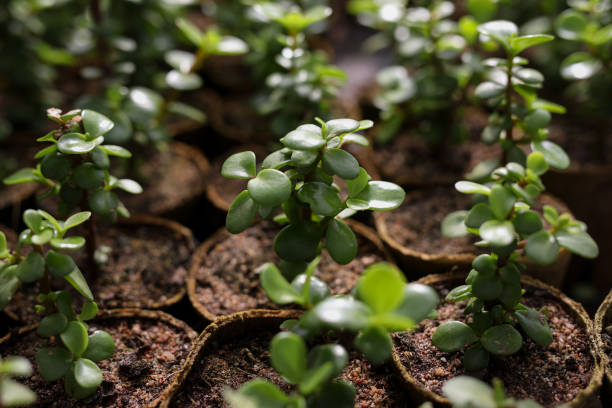
Essential Bonsai Pruning Tools on Amazon
If you’re anything like us when we first started, you probably have your bonsai, and the pot and soil that came with it…and not much else. That’s why Bonsai Outlet is here to help. We realize that the bonsai world can be intimidating, especially when you’re new. To make it easy for you, we’ve created a brief list of Amazon essential bonsai tools.
- Grenebo Trowel
A hand-held trowel is essential for many basic gardening activities, including breaking up clumps of soil, digging small holes, and transplanting seedlings.
- Grenebo Pruner/ Shears
Bonsai pruning shears look similar to regular pruning shears, but they are usually smaller and lighter than standard pruning shears. Bonsai pruning shears come with rounded tips that help prevent damage to the trunk of your tree.
- Grenebo Hand Rake
The rake is used at the end of a pruning session to clean up fallen foliage and twigs. The rake can also be used to remove cuttings from the surface of a bonsai pot so they won’t decompose in direct contact with soil. Some gardeners prefer to use a hand rake in place of tweezers while pruning their bonsai trees.
- Grenebo Cultivator
A cultivator has a looped end that looks like a small hook. This tool is great for cleaning up loose debris from the soil between cuts. It is especially good for removing weeds and other small plants that might otherwise take root and compete for nutrients with your tree.
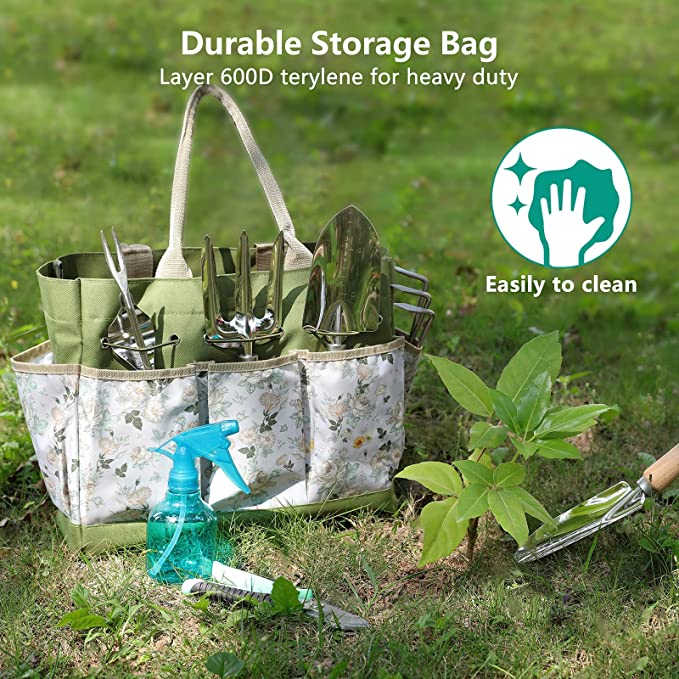
- Grenebo Transplanter
A transplanter (or root hook) is a thin, concave blade that is used to cut away unwanted roots. The shape of the tool allows it to easily slip under and around the roots so that they can be cut cleanly.
- Grenebo Weeder
The weeder is a handy tool to have when doing any bonsai work. It is essential to work on trees with thick roots or when removing unwanted weeds, moss, and debris from the soil and around the tree. The end of the weeder can be used as a small digging tool and it has a sharp edge that can be used to cut small roots.
- Grenebo Gloves
You might not think of gloves as a pruning tool, but they’ll protect your hands from scratches and sharp branches or thorns. If you have allergies or sensitive skin, gloves will also keep your skin from coming in contact with irritating sap.
- Storage Bag
Storage bag for bonsai pruning tools, scissors, wire cutters, and pliers. This bag is very convenient to store all tools you need when you do bonsai pruning. It has enough space to store all different sizes of tools in it. It has one zippered pocket and two open pockets on the outside and a zippered pocket inside. You can use this bag to store your other items as well.
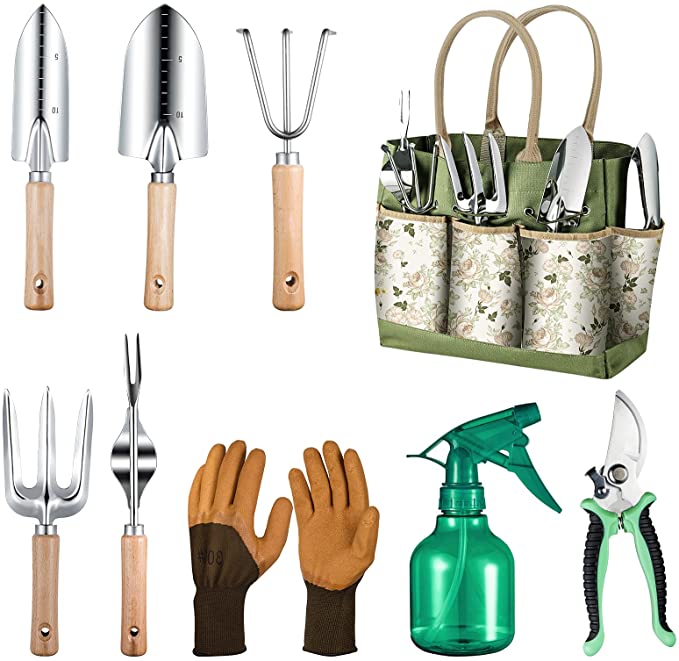
You’ll surely need other gardening tools, but choosing the right one can be difficult. That’s why Grenebo Gardening Tool Set: 9-Piece Heavy Duty is the best and most cost-effective Bonsai set available on Amazon because great gardening begins with the right tool for the job.
This essential gardening toolset is a great introduction to the seven essential tools for bonsai pruning. It comes packaged in a nice storage bag and will save you time and money over buying the pieces one by one or buying the products separately. The good quality set is made from stainless steel and will not rust or break easily. It has hardened blades that cut all varieties of bonsai branches, making it a great investment for every tree owner wanting to take care of their precious trees.
How To Care for Elephant Bush Bonsai
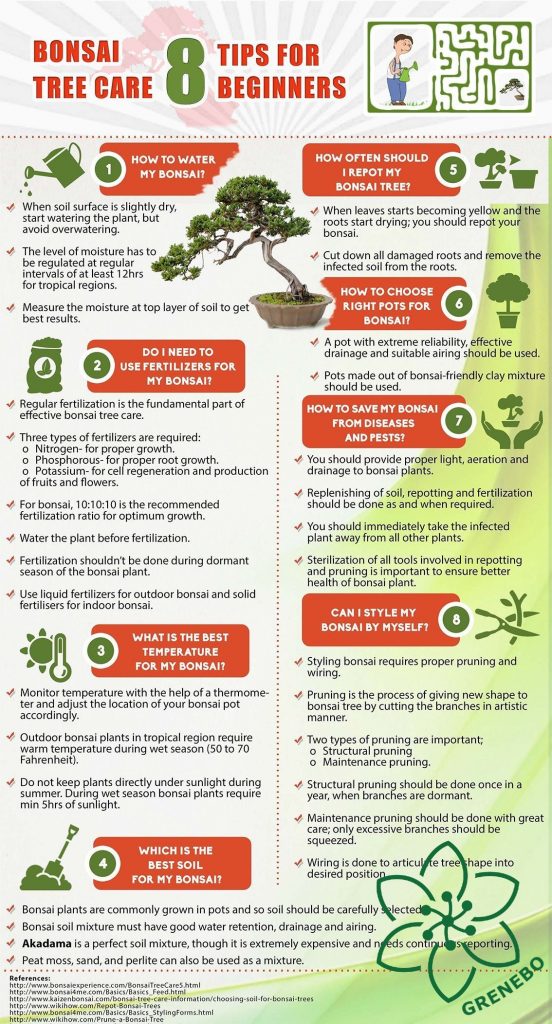
Sunlight
If you reside in a temperate climate, you may grow your Elephant Bush inside. Keep in mind, however, that you may keep it outside as long as it is in direct sunlight and kept at temperatures over 50 degrees Fahrenheit at all times.
Watering
You just need to fertilize once a month throughout the prime growth season (spring to autumn). Apply a well-balanced regular fertilizer in small amounts.
Potting and Repotting
Every two years, you’ll need to repot your plant. The best time to accomplish this is in the spring. Fill a well-draining soil mixture with your new plant.
Although most bonsai plants benefit from mild watering after being repotted, you do not need to do so.
Pruning an Elephant Bush Bonsai
Pruning your Portulacaria afra is tricky since it stores water in its branches and trunk. They may flex as a result of the extra weight.
On the other hand, benefits from pruning when done slowly and systematically, as it forces the tree to produce branches lower on its trunk.
Here’s a video on how to take care and where to begin in cultivating your Bonsai:

